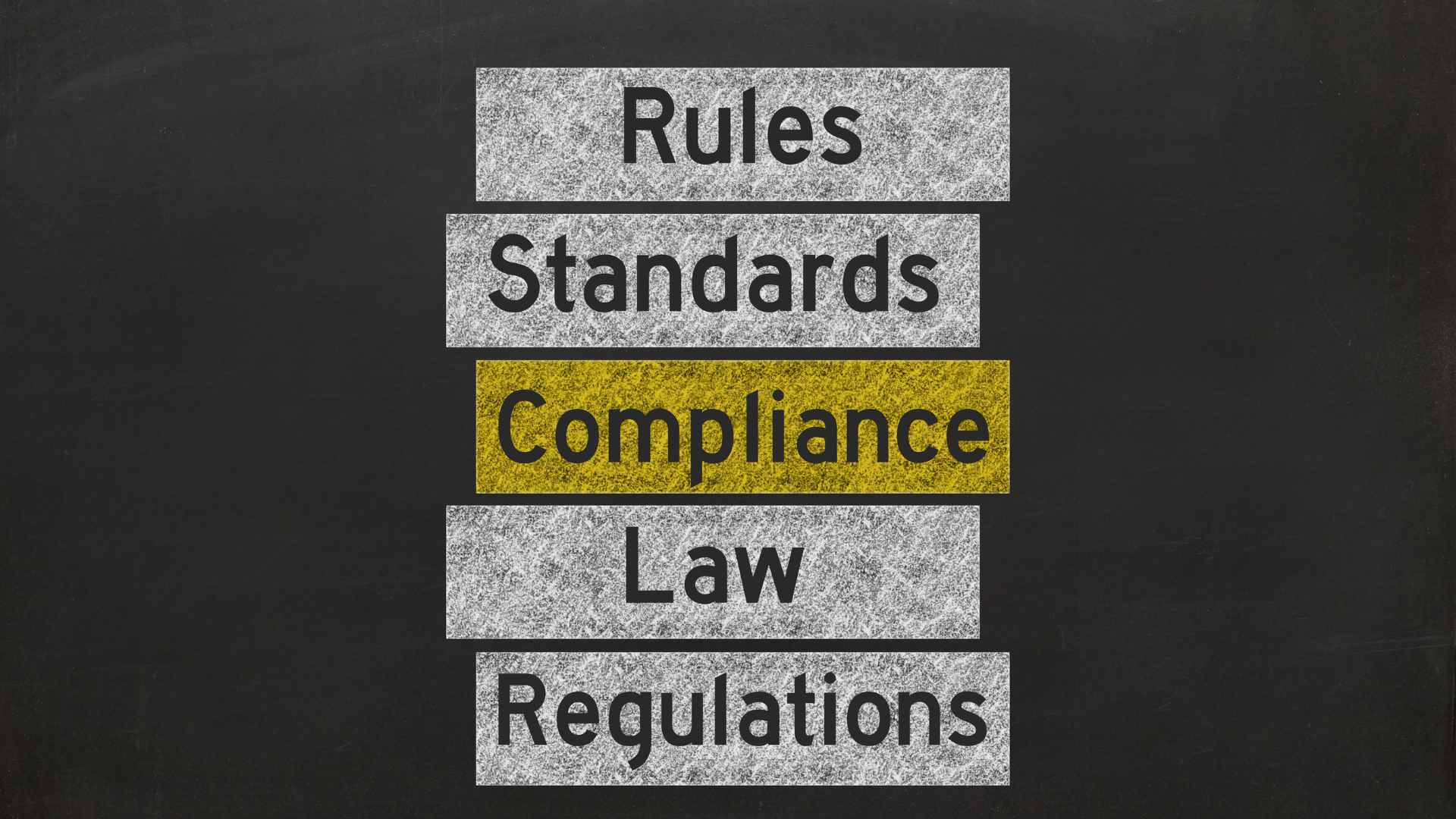VIEW BY TOPIC
- Finding Customers
- Business Systems
- Managing Employees
- Leadership
- Managing Money
Related Posts

Ready to Grow Your Business Fast?
Here’s How I Grew Five Businesses, and Eventually Sold One to a Fortune 500 Company.

Ever had a mini heart attack when you can’t find an important document you swore you’d saved last Tuesday? Or wrestled with the anarchy of mismatched file versions? If the stats from a recent Nintex survey are anything to go by, you’re far from alone. Document management has proven to be a challenge for many.
You’d think in this modern age of digital marvels and technological sorcery, we’d have document management down pat. Yet, as the Nintex survey reveals, many of us still grapple with document-related challenges.
In fact, a whopping 49 percent of the 1,000 respondents surveyed admitted to experiencing those heart-pounding moments when they couldn’t locate a document they were confident they had saved somewhere in their archives. Meanwhile, 43 percent are battling obstacles just to share files, and some 33 percent are navigating a minefield of conflicting document versions, hoping they’re not stepping on last week’s draft.
But why, in an era of instantaneous communication and high-speed data transfers, does something as fundamental as document management elude so many of us? Let’s unravel this paradox and explore how better document management can transform our workflows, making inefficiencies a thing of the past.
The Downfalls of Poor Document Management

Now, some might argue, “It’s just a document! Why all the fuss?” But it’s time we recognized that these aren’t mere sheets of paper or files on our computer screens. Documents are the backbone of business communication, decision-making, and record-keeping. Think about it – from contracts and proposals to memos and invoices, the pulse of an organization is often reflected in the documents it produces, manages, and archives.
Every misplaced file, every inaccessible document, and every outdated version is not just an individual hiccup; it’s a direct hit to the efficiency and reliability of your business operations. Each mishap may seem like a minute problem, but collectively, they become a cascading torrent of inefficiencies that can stunt growth and stifle innovation. If your company’s communication foundation is shaky, how can you expect to build strong, collaborative relationships or make informed decisions?
Let’s take a moment to reflect on the consequences of poor document management:
- Wasted Time and Reduced Productivity. When employees are constantly scouring their storage systems and emailing colleagues to track down files and necessary data, that’s valuable time lost. Interact’s survey indicates that about 20% of business time – equating to one full day of a working week – gets consumed in this relentless search.
- Inconsistencies in Information Sharing. Poor document management often leads to team members working with outdated or incorrect versions of documents. These situations can result in miscommunication, conflicting decisions, and, in the worst cases, financial blunders based on outdated data.
- Reduced Client Trust. If external partners and clients see that your business struggles with document management, it may cause them to question your professionalism and reliability. A simple missing file during an important meeting can cast serious doubt over your organization’s ability to handle critical tasks.
- Deterioration of Employee Morale. Constantly battling document issues can lead to frustration and decreased job satisfaction. This can ripple through your organization, leading to a disengaged workforce and, eventually, higher turnover rates.
- Financial Implications. Besides the direct monetary loss due to wasted man-hours, poor document management can lead to missed deadlines, contractual oversights, and billing errors. When crucial documents like invoices, receipts, or contracts are misplaced or overlooked, it could potentially result in revenue leakage, contractual penalties, or even legal repercussions.
Unlocking the Power of Streamlined Workflows with Document Management

The bleak picture painted by the repercussions of poor document management might have you reaching for a stress ball. But fear not. There’s a way out at the end of this paperwork-cluttered tunnel, and it’s illuminated by the brilliance of effective document management solutions.
Modern document management systems aren’t just glorified filing cabinets. They’re dynamic platforms that leverage the best of technology to bridge the chasm between disparate teams, streamline operations, and, most importantly, bring an end to those terrifying moments of “where is that file?” Let’s find out how they can breathe a new lease of life into your employee’s workflows:
Centralized Storage and Access
Gone are the days of the wild goose chase across different drives and email threads. These systems serve as a unified hub where every document finds its rightful place. Plus, with cloud storage options, access to business-critical records is no longer limited to the confines of a physical office space. This also means that remote teams can collaborate seamlessly without having to worry about file accessibility.
Real-Time Collaboration
Modern DMS enables multiple team members to collaborate on a single document in real time. This means marketers and finance analysts can simultaneously review and update a budget report, or developers can jointly refine a project specification, all without the nagging fear of version conflicts.
Version History and Auditing
With a robust DMS, every change made to a document is tracked, and a comprehensive version history is maintained. This allows for quick rollbacks if needed and provides a clear audit trail – invaluable for tasks such as compliance checks or dispute resolutions.
Advanced Search Features
Say goodbye to the anxiety of ‘lost’ files. Advanced search functionalities allow users to locate documents based on metadata, keywords, or even content within the document. No longer will employees waste hours on fruitless searches.
Automation Capabilities
Beyond just storage, advanced document management systems can automate routine tasks. Need approval for a project? The system can automatically send the document to the required stakeholders, notify them when the approval is received, and archive the approved version. It takes the guesswork out of the process and ensures a smoother flow of information without unnecessary manual intervention.
Integrated Workflows
These systems can seamlessly integrate with other business tools, ensuring a fluid transition between tasks, departments, and stages. This means you can pull data, push files, and ensure that your entire tech ecosystem is harmoniously linked.
Enhanced Security and Permission Controls
Worried about sensitive data falling into the wrong hands? Modern document management systems come with intricate permission settings. This means you can grant or restrict access based on roles or specific users. Couple that with encryption features, and you’ve got a veritable Fort Knox for your documents.
Finding Your Perfect Document Management Match

Let’s face it: just as no two businesses are identical, the same goes for document management systems. What’s the Holy Grail for one organization might be an overblown dud for another. The trick, then, is not just to hop onto the document management bandwagon but to find a chariot that truly resonates with the rhythm and requirements of your unique enterprise.
So, before you start swiping right on the myriad of DMS options out there, here are a few factors to consider:
Understand Your Needs
Before diving into the vast sea of options, take a moment to reflect on your organization’s specific needs. Do you have remote teams spread across the globe? Perhaps a cloud-based solution with robust collaboration tools is your best bet. Are you in a heavily regulated industry? Then, compliance features and strong security protocols should be at the top of your wish list.
Support and Training
Rolling out a new system can be a rocky affair if you’re left to fend for yourself. A vendor that provides robust training, detailed documentation, and responsive support can make the transition smoother.
Reviews, Comparisons, and Testimonials
Do some sleuthing. What are other businesses saying about the DMS you’re eyeing? How does it stack up against its peers? Detailed reviews and comparisons of various document storage solutions are readily available online. Make sure to do your due diligence and read up on the experiences of others before making a decision.
Cost Considerations
While you shouldn’t skimp on a system that plays such a crucial role, it’s important to find a solution that offers the best value for money. Compare pricing models, consider the total cost of ownership, and watch out for hidden fees or scaling costs as your business grows.
Trial Run
Before committing, see if you can take your prospective DMS for a test drive. Many providers offer trial periods or demo versions, allowing you to get a hands-on feel for the system before deciding.
Who Needs A DMS?
Frankly, in this digital age, the better question might be, who doesn’t? But if your organization fits into any of these categories, it’s time to seriously consider implementing a document management system:
Law Firms
Every legal document is a piece of a larger puzzle, and even a tiny misplacement can have massive repercussions. Think of the countless case files, affidavits, and contracts that flow through a typical law firm. Each one needs to be stored, referenced, shared, and revised without a hitch. A DMS isn’t just a convenience for law firms; it’s practically a lifeline.
Social Media Agencies
These agencies are swamped with graphics, videos, captions, and campaigns that need constant tweaking, approval, and scheduling. And while they may have social media management tools like OneUp or SproutSocial to do everything from scheduling Google My Business posts to analyzing Instagram insights, what about the assets themselves? A DMS can provide a central hub for storing and organizing all those nitty-gritty digital pieces that make a campaign truly shine, complete with version control and permission settings for team collaboration.
Healthcare Facilities
Patient records, insurance documents, diagnostic reports – the healthcare industry is overflowing with critical paperwork that demands precise management. A mishandled or misplaced document can have dire consequences, from financial losses to compromised patient care. With a DMS in place, healthcare professionals can access, share, and secure necessary documents seamlessly, ensuring patients receive timely and accurate care while minimizing costly errors.
Financial Institutions
Banks, investment firms, and insurance companies are built on a foundation of meticulous record-keeping. From customer account information to transaction histories, financial institutions rely on documents for auditing, compliance, and customer service. A DMS simplifies these processes, allowing financial professionals to access critical information quickly, maintain data integrity, and ensure regulatory compliance.
What’s Holding You Back?
It’s a tad ironic, isn’t it? We can hail a taxi with a single tap or video-call our friends from halfway around the globe, but ensuring that Mary from Marketing and Steve from Sales are looking at the same document version? Apparently, that’s still a mountain too high to climb for many businesses. But why? Here are some myths that can explain an organization’s less-than-perfect relationship with document management:
Myth 1: “Document Management is Only for Big Corporations.”
Sure, big companies with a massive volume of documents could benefit from document management, but that doesn’t mean small to medium-sized businesses can’t reap the rewards, too. In fact, smaller organizations often have fewer resources to waste on inefficient processes and stand to gain even more by implementing a streamlined document management system.
Myth 2: “We’ve Always Done It This Way.”

Humans, by nature, can be creatures of habit. The comfort of sticking to a familiar routine, even if it’s not the most efficient one, can sometimes outweigh the perceived benefits of adopting new technologies or methods. Yet, just because an approach has worked in the past doesn’t mean it’s the best fit for the present or future. Holding on to old processes is like insisting on using a typewriter when you have a cutting-edge computer on your desk. Yes, both can produce a document, but which one lets you do it with speed, accuracy, and flair?
Myth 3: “Implementing a New DMS is Too Complicated.”
But is setting up a DMS truly the mammoth task it’s made out to be? Absolutely not! Most modern DMS platforms prioritize user experience, ensuring the transition is as painless as possible. And, for those still feeling a bit jittery about the learning curve, there are helpful tools like QR codes and interactive tutorials tailored specifically for quick onboarding. For example, you can create QR codes using one of the many reliable QR code generators available and link them directly to how-to guides or tutorial videos. This means employees can simply scan the code and immediately get help on any issues they run into, greatly reducing the intimidation factor of the unknown.
Document Management to the Rescue
The challenges posed by inadequate document management are undeniable but not insurmountable. By leveraging the power of a robust DMS, businesses can overcome most of their document-related obstacles and bring the focus back to what truly matters: growth, innovation, and delivering exceptional value to stakeholders.
So, isn’t it time we step into the future of document management? A world where every file has its place, collaboration is effortless, and operational excellence is not just a goal but a daily reality.
Author
Yoshiro Kichiro – As a demand-gen specialist and copywriter, Yoshiro Kichiro is dedicated to helping businesses grow and thrive. With a deep understanding of persuasive language and data-driven decision-making, Yoshiro has developed successful campaigns for clients across a range of industries. In his free time, he enjoys travelling the world and experiencing new cultures.















